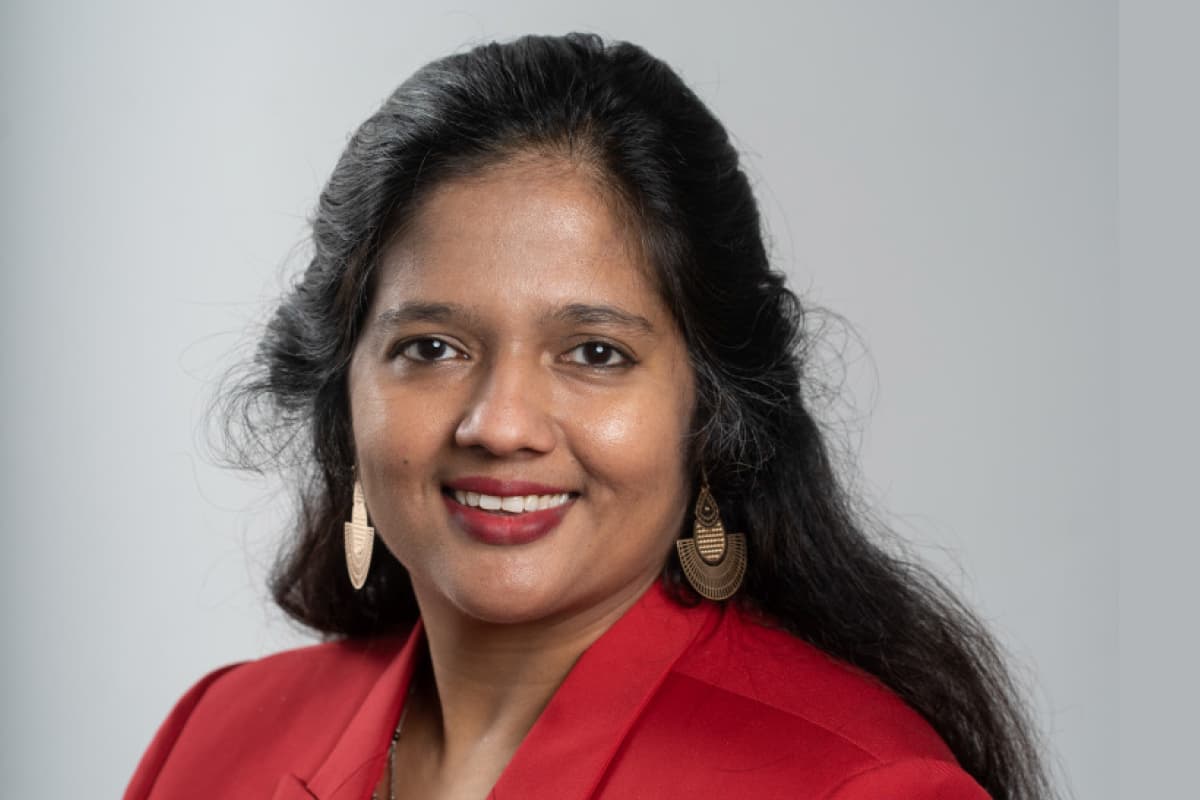
This article first appeared in Digital Edge, The Edge Malaysia Weekly on January 25, 2021 - January 31, 2021
The mental health situation in the country is alarming. Three in 10 adults have some form of mental health problem and more than half a million Malaysians suffer from clinical depression, according to the Ministry of Health in 2019.
However, there have been few mental health studies done on the local population, says Associate Professor Dr Anasuya Jegathevi, director of Taylor’s University’s Centre for Human Excellence and Development (CHED). The university’s research team used to obtain mental health data from other countries as it did not have the right technology to collect the relevant data here.
“As researchers, we used to share data [with foreign institutions]. People may not realise that the data for some research is not easily transferred across continents, especially if the data is highly secured. Malaysians should not rely on imported tech [to advance research],” says Dr Anasuya.
To tackle this problem, the university launched CHED last December. With the mission to revolutionise the study of psychology and behavioural sciences in Malaysia, the centre hosts the Socio-Behavioural Lab, which the university says is Southeast Asia’s first artificial intelligence-equipped behavioural science laboratory.
The Socio-Behavioural Lab was set up in collaboration with local tech company Glueck Technologies Sdn Bhd. It uses technologies such as face-tracking cameras, brain scanners, virtual reality equipment and AI software that tracks facial and eye movements to identify emotions.
The emotion recognition software is the university’s proprietary technology and it allows researchers to study how humans interact with each other. It uses deep learning to emulate the human brain’s ability to identify objects, graphics and other human characteristics.
“We train the software to look at the different expressions of people from 65 countries. [By] training the machine, we can use it to recognise seven common human emotions and visualise them,” says Glueck Technologies CEO Albert Alexander.
“Interactions among individuals can be captured in meetings or classrooms where new teaching techniques can be applied. We can monitor students, especially those with special needs, and the reaction of young children to specific teaching tools.”
Having research done on the local population is critical as cultural differences can alter results. For instance, what appears as an expression of sadness on the face of someone from a Western country may not be the same for someone from an Asian one.
“If you look at the data for multicultural studies, they are not the best models because they miss the fact that we have different biological as well as cultural profiles. The studies in Malaysia are critical because [the country] is multicultural,” says Dr Anasuya.
“Having Chinese, Indians and Malays, we develop emotional profiles based on the psychologists’ input from Asia rather than the US. This is the strength we have in terms of facial recognition. We are proud that this is made in Malaysia by Malaysians.”
How does it work?
In the first phase, the emotion recognition software has to be manually fed with a database of emotions. Subsequently, the machine will begin to learn independently by watching YouTube videos and identifying the facial expressions of individuals in the videos.
The Lab is equipped with 13 face-tracking cameras. When the researchers are conducting experiments, the cameras track the subjects’ faces and submit the data for facial recognition. The cameras are also connected to a database in the emotion recognition software, so researchers can use the data for research projects related to facial expressions.
Ensuring privacy
To ensure that the facial recognition data is well protected, the university has implemented a series of pre-emptive measures. For instance, the Lab is in an enclosed area and no one can use WiFi within the premises without the permission of the technical team.
Dr Anasuya says the Lab will record the names and take the photos of those who enter it. People who use the Lab have to abide by its ethical rules before entering the premises. “If anybody wants to download data, all the data is recorded, [especially] who is downloading and how the data is downloaded.”
For the facial data, the researchers will remove all the names associated with the faces to maintain anonymity and confidentiality. “We are just using the data points and data images; no association with individuals will be used for the individual research data,” she says.
Topics of importance
The Lab is currently studying eating disorders among young adults with Prader-Willi Syndrome, a genetic disorder caused by the loss of chromosome 15 functions. Those with this syndrome are often hungry and many suffer from obesity and type 2 diabetes.
“The research identifies untruths because the Lab allows people to study micro-expressions in the face. One must realise that the study of human behaviour is multidisciplinary, so studying human behaviour can cover an extensive range of sectors. It can be used in the retail, food services, security and safety, health and other sectors,” says Dr Anasuya.
“You need to imagine this Lab as a place where people wish to study the behaviour of people, not just those with mental problems but also people who are well, people with criminal intent and people who want to buy products.”
Save by subscribing to us for your print and/or digital copy.
P/S: The Edge is also available on Apple's AppStore and Androids' Google Play.